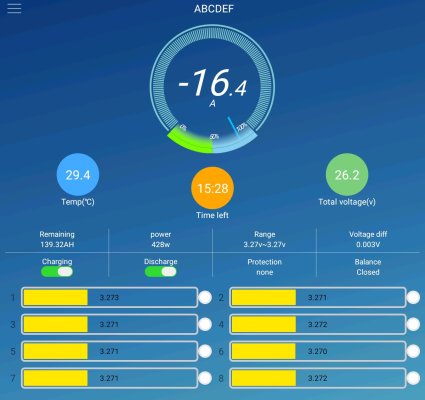I see that Renogy is running a pretty good sale on Lithium batteries. Currently, I have 3x 260ah 12V Fullriver for house batteries. Each one of the Fullriver have a ton of Peak discharge current (for 3-5s) to cope with Bow & Stern thrusters demands. The 200ah Renogy lithium seems to only have 200ah discharge.. my question is would 3x 200ah lithium, connected in parallel, stack their discharge current capacity. So that the 3 batteries can provide 600ah.
These progressive thrusters are 48V but I have an upconverter, so to speak, to take 12V and turns it into 48volts. The bow thruster pulls 300amp per manual.. I have not done a field test to measure the actual draw but it’s on the list.
I have sent Renogy tech support an email but it’s taking a bit to get a response. My main worry with lithium is the BMS disengaging, due to a high draw for example, in the most inopportune time while docking or such. My house batteries also power the thrusters.
Any input or ideas would be much appreciated
Thank you
These progressive thrusters are 48V but I have an upconverter, so to speak, to take 12V and turns it into 48volts. The bow thruster pulls 300amp per manual.. I have not done a field test to measure the actual draw but it’s on the list.
I have sent Renogy tech support an email but it’s taking a bit to get a response. My main worry with lithium is the BMS disengaging, due to a high draw for example, in the most inopportune time while docking or such. My house batteries also power the thrusters.
Any input or ideas would be much appreciated
Thank you

